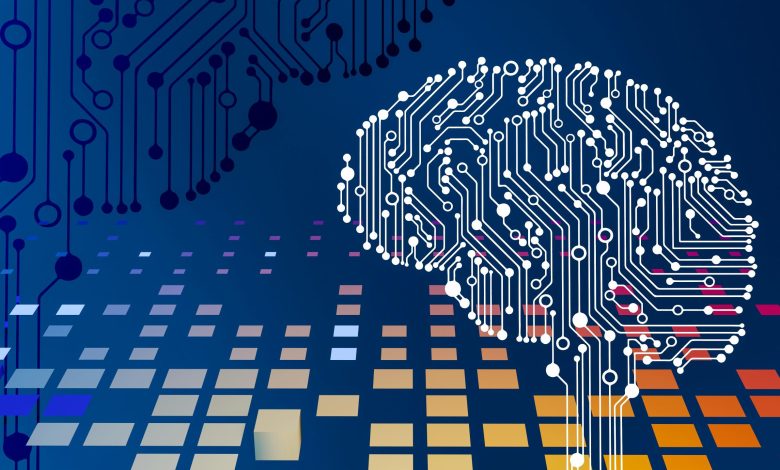
Digital literacy, the ability to use digital tools and software, is evolving today, as AI systems show the growing ability to mediate our workflows. A new literacy is emerging and the need to be good at prompting AI gave birth to a trend that is gaming steam: vibe coding.
Vibe coding is about moving away from what used to be rigid and elaborated specs and design to build software. Instead, it’s about translating intents expressed in natural language so they can be translated into code by AI Coding Agents. It’s about leveraging a better way of communicating requirements to machines, shaping the output with precision leaving less to human judgment, making what truly matters resonate in prompts avoiding human interpretation, and securing contextual behavior. Vibe coding turned into the art of crafting prompts, datasets, and interactions that make AI respond in ways that feel right, not just compute correctly.
As generative AI moves into every human domain, from customer service to creative design, the capacity to accelerate the frequency of iterations for stakeholders expressing requirements for software features becomes as fundamental for technologists as learning to code. Vibe coding is an emerging way to exploit prompt programming in the disciplines of computer science.
From Logic to Language to Vibe
Every major technological revolution redefined literacy. The printing press created readers. The computer created coders. Generative AI has the potential to create vibers if the outcomes reached with vibe coding continue to grow in terms of user satisfaction, cost efficiency, productivity, time-to-market and user-experience fit to name just a few.
In the past, coding was about logic and syntax and required the creation of a wide variety of languages and frameworks to talk to machines in a structured way. Then, large language models (LLMs) like GPT-5, Gemini, Grok and Claude began translating natural language into executable behavior. As this generation grew in reliability, the precision of syntax mattered less than the psychology of prompting. An entire new realm of possibilities opened up for CEOs and Digital Product owners to see their definition of success and their requirements understood without layers of interpretation.
When you ask an AI to “draft a reassuring response to a frustrated customer,” you’re not writing instructions — you’re scripting to stage for an emotional response. The effectiveness of that interaction no longer depends on code efficiency, but on a broader understanding of context, cultural sensitivity, empathy, and tone calibration.
This is what vibe coding exploits: machines now understand more than commands; they can interpret context and take valuable actions with proper everyday-language-expressed guidance.
Why AI Needs Our Human Ambiguity
Where traditional programming thrived on binary logic, AI can navigate ambiguity.
In an LLM-powered world, success depends on how well you can describe the feeling of an outcome. Can you teach an algorithm to distinguish confidence from arrogance? Can you design an assistant that soothes without patronizing?
These are not technical challenges alone because, up to recently, people reported hating interactions with rule-based chatbots. The challenges are sometimes emotional, cultural, and linguistic. The better we are at communicating nuance, the more AI will amplify human intention instead of distorting it. Vibe coding, in this sense, is an attempt to operationalize empathy toward generation of code producing user-facing software.
The Pedagogy of Prompting
Schools taught us grammar; tech schools taught programming languages. The next curriculum ahead looks like it will be prompt literacy.
The best way to get the most out of our use of AI is to learn how to instruct AI systems through stories, rhythm, and metaphor as we give them purpose. Since coding is no longer a barrier to entry to developing good software, instead of debugging code, a way more accessible skill set migrates to refining emotional cues. Instead of mastering system languages and scripting, there is a need to learn how to ask questions so we get reliable and actionable answers.
This is already starting. Universities are rolling out “Prompt Engineering” courses, but, as they refine them, they need to insist on the contextual, ambiguous, subjective half of the prompt. Vibe coding integrates semantics with semiotics. It’s not just what you ask, but what you really mean when you ask for it. Emphasizing on what truly matters. A generation raised on emojis and TikTok already understands this intuitively. The next step is to formalize it as a discipline: the fusion of human communication and computational empathy.
The Business Case for Vibe Coding
In the workplace, vibe coding isn’t abstract, it’s a real competitive advantage already observed many times over. There is a race to the bottom right now between technologists as to who will develop the best vibe coding framework to deploy as many AI coding agents as possible simultaneously to reach unprecedented levels of quality in software in record time. This allows them to reach product-market fit at record costs.
AI is revolutionizing software development the same way customer experience teams are training AI to mirror brand values and personality. HR systems are being tuned to deliver feedback in psychologically safe ways. Marketing algorithms are learning how to “speak Gen Z.”
Every enterprise now faces the same challenge: how do you maintain emotional coherence across human-AI interactions? How do you ensure your bots don’t just work but connect? Well in software development the connection needs to happen with the true stakeholders. This is where vibe coders come in professionals who bridge human intent with machine response and operationalize such output so it is pleasing, fast, scalable, secure and compliant.
An Opportunity to Reclaim Creativity in the Age of Algorithms
One form of irony is that vibe coding brings us back to our boldest form of intelligence: storytelling.
The same impulse drives us today when we design an AI that empathizes, a chatbot that comforts, or an avatar that inspires.
AI still doesn’t perform well in the realm of creativity; Our role as operators is to effectively instill consciousness while expressing what we expect from machines. In the same way the printing press democratized authorship, generative AI is democratizing vibe design and it might turn into the dawn of an era of individualized software design given how fast and how cheap software is to develop now.
The Future Workforce: Empaths, Not Engineers
By 2027, if the early days of vibe coding turn into noble outcomes, prompting for software engineering will be an essential component of digital literacy. Recruiters will value syntax as much as technical fluency. We need to turn into hybrid professionals fluent in both prompting for empathy and acting as software engineering watchdogs to operationalize the output of the AI.
As Nicolas Genest once observed, “The world no longer rewards you for what you know, but for what you can do with it.” In the AI age, that doing means expressing shaping systems that think with us.
The future technologist isn’t a cold architect of logic. They’re a composer of meaning. Vibe coding is an opportunity to turn interaction into art, ethics into architecture, and empathy into infrastructure. It’s how humanity ensures that, as machines get smarter, we stay more human.




